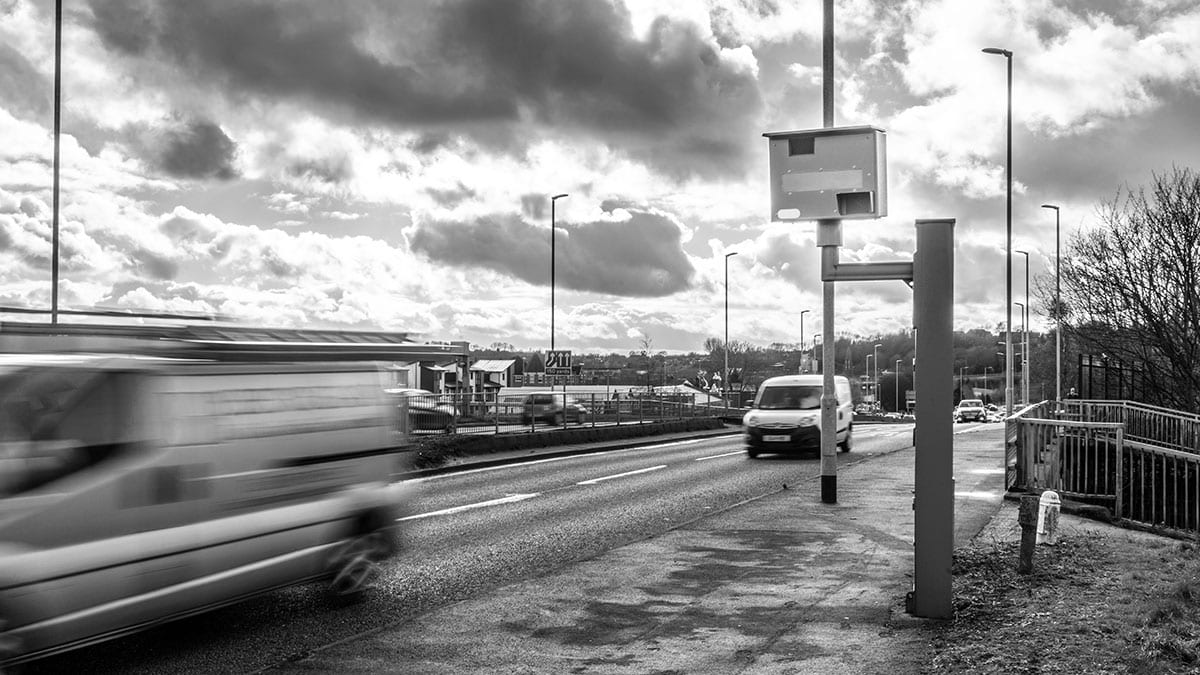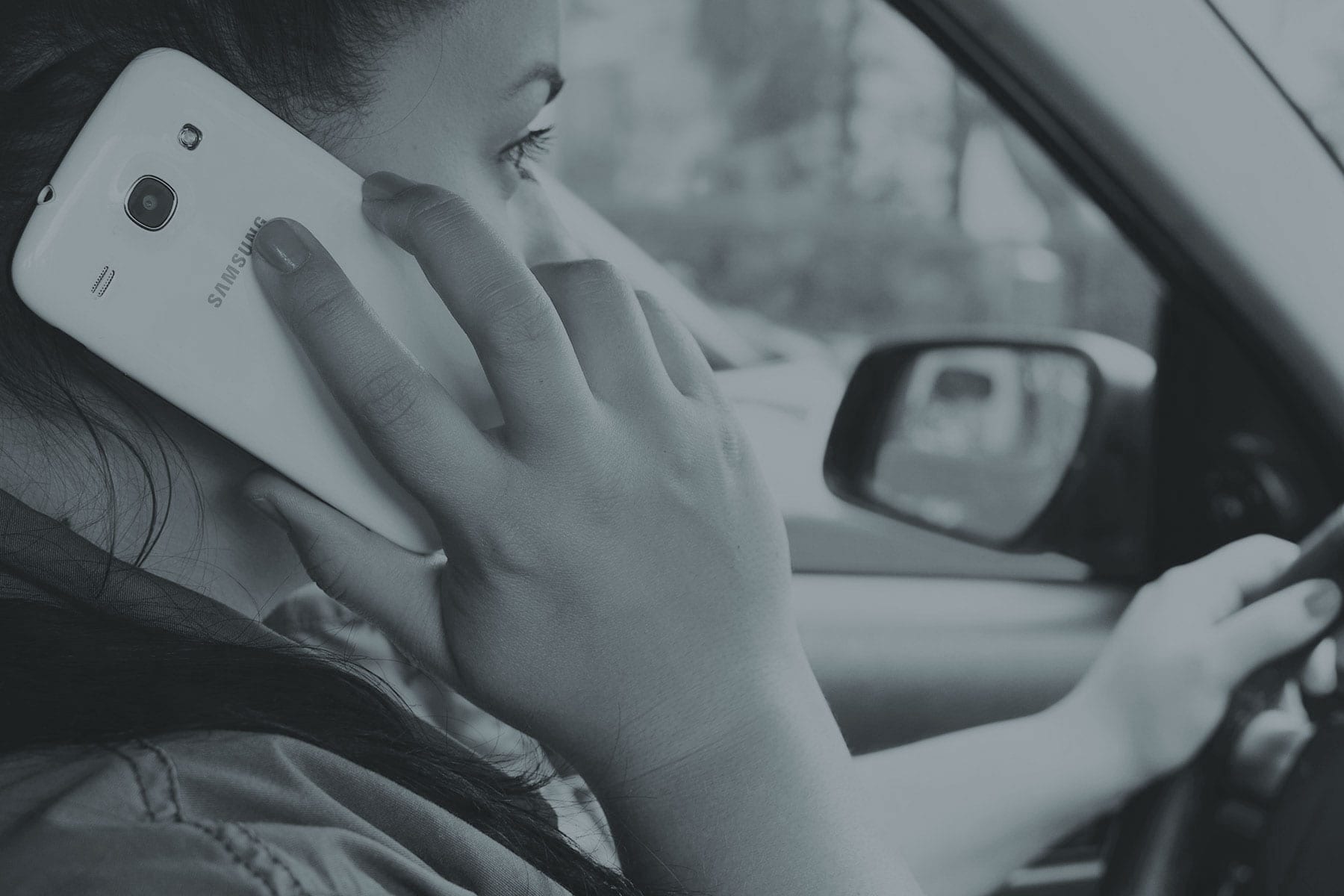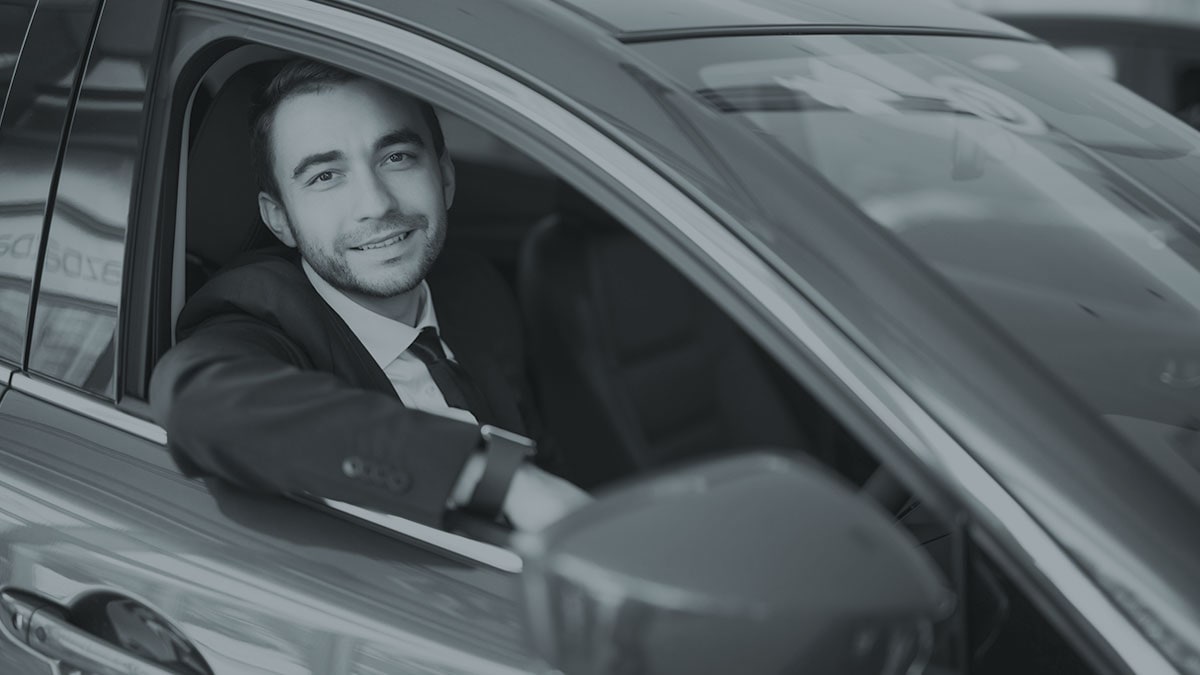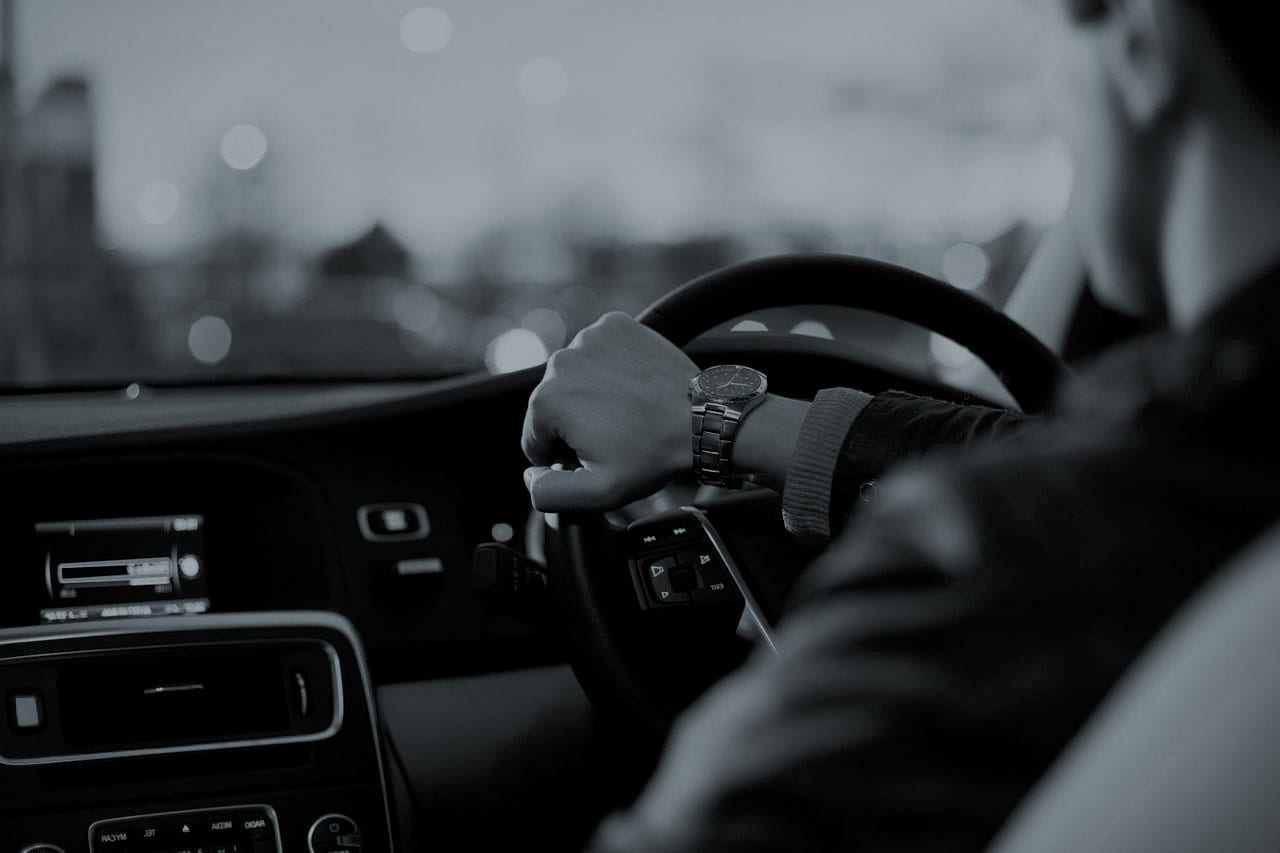This resource aims to explain some of the key terms you might come across during your case.
Often legal language can be confusing. Use this guide to turn the legal jargon into easy into plain English.
This is something that might makes your case more serious than other cases where a driver has committed the same offence. Often offences have very similarly aggravating factors. It might be things like previous similar convictions. Or it can be things like committing an offence in bad weather, whilst carrying passengers, whilst driving an HGV or whilst in an area with lots of pedestrians.
If there are a number of aggravating factors in your case, you might typically expect your sentence to be more severe.
When a driver is charged they will be known as ‘the accused’ whilst they are awaiting a trial to determine if they are innocent or guilty.
This is what happens when a jury finds you innocent of the alleged offence.
This is usually used in the context of ‘Admissible Evidence’. This is evidence which may be presented in court to a judge and jury because it meets the standards for evidence collection. One good example is breathalyser results. The breathalyser test you take at the roadside is not considered admissible. That is why police in suspected drink driving cases must arrest suspects and take them for a second breathalyser test at a police station. This second breathalyser test is often called the ‘Evidentiary’ test, because its results can be used against you in court as evidence.
ANPR stands for Automatic Number Plate Recognition. Some speed cameras have ANPR. This means they will register your speed if you were going above the speed limit and log your licence plate number and then automatically generate a speeding ticket that will be sent to you in the post.
This term is often associated with drink driving charges. You can be charged with drink driving even if you were not driving. If police have evidence that you were attempting to drive whilst drunk, this can be just as serious. You may be judged to be attempting to drive if, for example, you were sat in the driver’s seat, with keys in the ignition. Or, you may not be immediately about to drive, but police may find messages on your phone that indicate you were about to start driving in the near future. Factors like these may lead police to believe you were attempting to drive when they arrived at the scene.
After you have been arrested, you might be released on bail. You can be released after being charged, in which case you will be given a date to report to court for the start of your trial. Or you can be released on bail without charge, in which case the police may continue to investigate the offence and gather evidence against you.
A barrister is a lawyer who typically argues your case in court. For more serious cases which need to be argued in front of a jury in the Crown Court, a solicitor may appoint a specialist barrister to argue the case in court.
A barrister is a lawyer who typically argues your case in court. For more serious cases which need to be argued in front of a jury in the Crown Court, a solicitor may appoint a specialist barrister to argue the case in court.
Crown Prosecution Service. This is the agency that prosecutes criminal cases on behalf of the state. If you go to trial the lawyer explaining the case against you will work for the CPS.
In cases where there are a range of sentencing options, magistrates will often consider factors of culpability and harm to determine how serious an offence is, and therefore what sentence to give.
Culpability generally refers to factors that make the driver more or less responsible for the offence. It could be something like committing the offence for a sustained period, rather than it being a one off incident.
Often sentencing guidelines will split each offence into three categories of seriousness. The most serious offences are those where there is a high degree of culpability AND harm. The middle category will be offences where there is evidence of a high degree of culpability but a low degree of harm or vice versa. The lowest category of seriousness will be offences where the degree of both culpability and harm are low.
This is a defence that can be used when motorists are banned due to Totting Up. Exceptional Hardship defences involve proving that a driving ban will cause extreme suffering, not just to the driver, but to their dependents too.
You may be eligible for an exceptional hardship defence if, for example, you are the sole carer for a disabled or elderly relative, and your ability to care for them rests entirely on your ability to drive.
Alongside culpability, harm is the second factor magistrates and judges consider when judging the seriousness of an offence. Assessing harm is generally about the level of injury caused to people or property as a result of your actions.
Often sentencing guidelines will split each offence into three categories of seriousness. The most serious offences are those where there is a high degree of culpability AND harm. The middle category will be offences where there is evidence of a high degree of culpability but a low degree of harm or vice versa. The lowest category of seriousness will be offences where the degree of both culpability and harm are low.
Heavy Goods Vehicle – A lorry for example which is over 7.5 tonnes in weight. Another name for this type of vehicle is an LGV, Large Goods Vehicle.
This is when the jury cannot reach a unanimous or majority decision. In these cases the judge will dismiss the case and the CPS will need to decide whether or not to seek a retrial.
If you go to trial on indictment, this means your trial takes place in a Crown Court. These courts are reserved for the most serious offences.
You can be accused of a drink driving offence, even if you were not driving at the time the police arrived. Being in charge generally means you were not driving, but that there was evidence you had recently driven, or may soon drive again. To be considered in charge, you also have to be close to the vehicle.
The law sets out legal limits for how much alcohol you can consume before driving. Look at our Drink Driving page to find out more about these legal limits.
Magistrates are normal members of the community who determine cases in the Magistrates Court. The legal word for them is ‘Lay People’. Magistrates do not have legal training, but do have legal advisors in court to explain the law to them. Most motoring cases are decided in the Magistrates court, if they are not dealt with in other ways, like fixed penalty notices.
As standard, jury decisions in the UK are required to be unanimous. But, judges can accept majority verdicts if they choose. To form a majority verdict, 10 or more of the 12 jurors must reach the same decision on guilt or innocence. If 10 or more jurors cannot agree, the jury is said to be ‘Hung’.
These are factors that reflect well on you or that make your offence less serious than other similar offences. Judges take mitigating factors into account and, if there are many mitigating factors, this can lead to a more lenient sentence.
Mitigating factors may include things like general good character, demonstrating remorse for your actions, not having previous convictions, or committing the offence because you were responding to a genuine emergency.
A NIP is letter received through the post to inform you that you are being prosecuted for an offence. One example of where you may receive a NIP is if you were logged speeding by a speed camera with ANPR.
This Act is one of the primary pieces of legislation in the UK which talks about motoring law. It covers things like the law on driving under the influence of drink or drugs and dangerous driving.
A solicitor is likely to be the primary lawyer involved with your case. They will manage the case, submit all necessary court documents and help you make decisions about your case. Ashman’s Motoring Lawyers are solicitors. When needed, we appoint barristers to act on behalf of our clients in court.
Most motoring offences are tried summarily. This means they are tried in Magistrates Court.
This is the legal name for what happens if you have 9 penalty points and are then convicted of another offence which carries a mandatory minimum sentence of 3 penalty points or more. Or you may have 6 points already endorsed on your licence, and then be convicted of an offence which carries a mandatory minimum of 6 penalty points. Totting up carries a minimum driving ban, unless you can provide a successful exceptional hardship defence. Read more about exceptional hardship here



